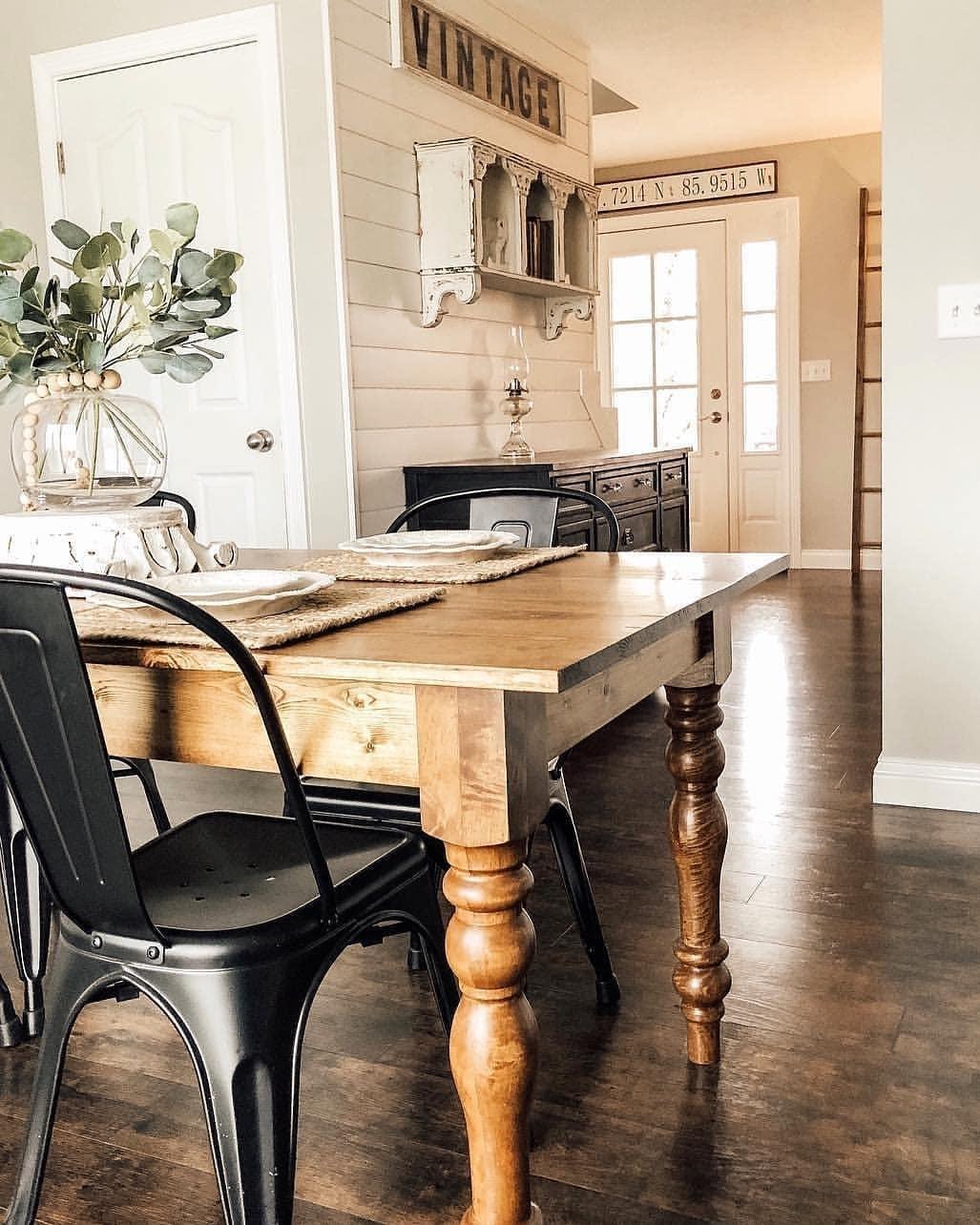Discover the most effective Products for Dining Room Table Legs for Every Design
Discover the most effective Products for Dining Room Table Legs for Every Design
Blog Article
A Detailed Consider Eating Table Leg Styles: Discovering the Suitable Match
Choosing the appropriate dining table leg style is important for both visual appeal and useful performance. For those with larger tables, trestle legs guarantee tough assistance, whereas barrette legs present a mid-century modern vibe with their minimalist layout. The x-shaped legs blend contemporary design with improved stability.
Standard Four Legs
Among the numerous types of eating table leg styles, the traditional four-leg style stays a classic choice for several houses. This timeless arrangement provides a harmonious blend of performance and aesthetic appeals, making it a seasonal fave. 4 legs offer balanced assistance, ensuring the table remains secure and with the ability of birthing substantial weight. This is specifically advantageous for families that frequently hold huge celebrations or utilize their eating table for numerous purposes, such as work or crafting.
From a visual viewpoint, the traditional four-leg layout can be easily adjusted to different interior styles. Whether crafted from timber, metal, or a mix of materials, these legs can be elaborately sculpted, sleek and minimalistic, or anything in between. Their versatility allows them to match both rustic and contemporary setups flawlessly.
Furthermore, the simple structure of the four-leg layout helps with simplicity of motion and positioning within an area. Unlike more complex bases, this design lessens obstructions, supplying sufficient legroom for restaurants. In summary, the typical four-leg dining table leg style weds withstanding style with functional performance, making it an astute option for those looking for both form and feature in their dining furnishings.
Stand Base
Frequently commemorated for its classy and space-efficient design, the stand base is a prominent choice to the standard four-leg setup in eating table leg styles. This distinct base usually features a single main column supporting the tabletop, which can vary in kind, from ornately sculpted wood to sleek, contemporary metal. Among the key benefits of the pedestal base is its capacity to make best use of legroom and seating adaptability. Without corner legs, diners are managed higher freedom of movement, making it an excellent selection for round and oval tables that advertise more intimate and comprehensive celebrations.
The main column itself offers a canvas for complex layouts and artistic expressions, including an aspect of aesthetic rate of interest below the table. In recap, the pedestal base incorporates functionality with style, making it an improved and functional choice for diverse dining atmospheres.
Trestle Legs
Trestle legs provide a robust and ageless foundation for eating tables, characterized by their horizontal cross-bracing and sturdy support beam of lights. Stemming from middle ages times, this layout has actually advanced yet kept its necessary structure, making it a seasonal fave in both conventional and modern setups. The central trestle beam, commonly sustained by 2 or more upright articles, supplies extraordinary stability, enabling bigger table lengths without the need for extra legs.
A considerable benefit of trestle leg tables is the enough legroom they provide. Unlike tables with four edge legs, the absence of blockages at the table's edges gives unblocked area for chairs and restaurants, improving comfort and access. This makes trestle tables excellent for suiting larger events, whether in a dining-room or a reception hall.
From rustic farmhouse to smooth modern styles, trestle legs can be personalized to suit specific tastes. Their long-lasting allure and useful advantages make this link trestle legs a compelling option for those looking for both style and usefulness in their dining table.
Hairpin Legs

The charm of hairpin legs exists in their simpleness and versatility - dining room table legs. Readily available in a series of materials, consisting of steel and brass, they can be finished in numerous colors to enhance different interior designs. Whether matched with a rustic wood table top or a contemporary glass surface, barrette legs easily blend performance with a touch of vintage charm
Toughness is another significant function of barrette legs. Regardless of their delicate appearance, these legs are crafted to bear significant weight, ensuring the table remains secure and safe and secure. Furthermore, they are fairly very easy to install, making them a preferred option for DIY lovers and specialist furnishings makers alike.
X-Shaped Legs

Built from materials such as steel, wood, or a combination of both, X-shaped legs can be customized to match various style choices. Steel legs frequently provide a sleek and have a peek at these guys commercial feeling, suitable for loft-style apartment or condos and modern dining areas. On the various other hand, wooden X-shaped legs offer a warmer, much more rustic charm, suitable for farmhouse or eclectic insides. The convenience in materials enables home owners to tailor their table to better fit their total layout plan.
Furthermore, the design behind X-shaped legs ensures also weight circulation, reducing the danger of wobbling and improving durability. This makes them specifically well-suited for bigger dining tables that need additional assistance. Fundamentally, X-shaped legs blend functional engineering with modern visual appeals, making them a classic selection for varied dining environments.
Conclusion
An extensive understanding of table leg designs discloses the unique features and advantages of each design. Conventional 4 legs use security and timeless charm, while stand bases give legroom and a streamlined look. Trestle legs ensure robust assistance for bigger tables, and barrette legs present a mid-century contemporary aesthetic. X-shaped legs integrate modern design with enhanced security. Choosing the proper leg style guarantees both functional and aesthetic fulfillment in any type of dining space.
Report this page